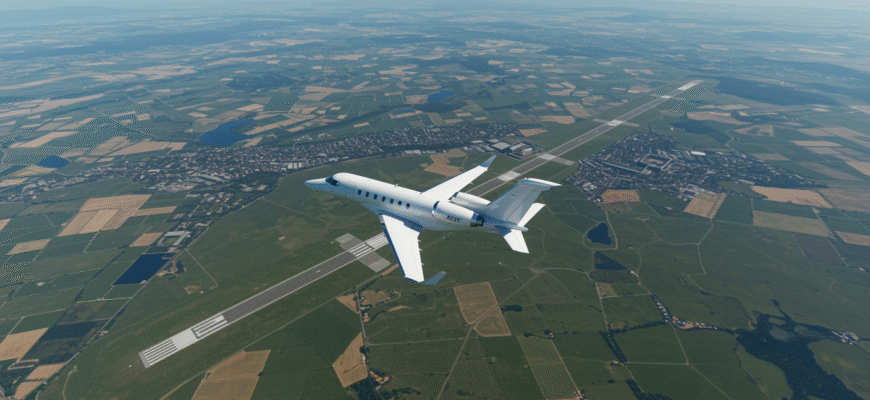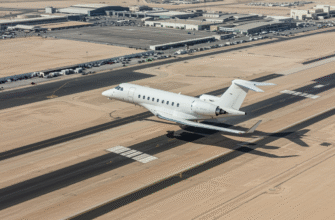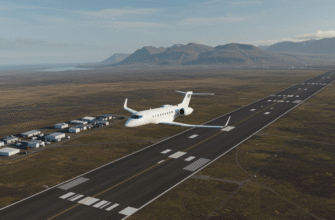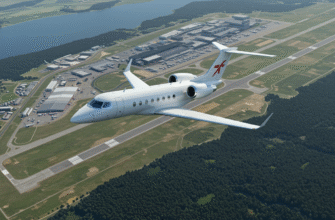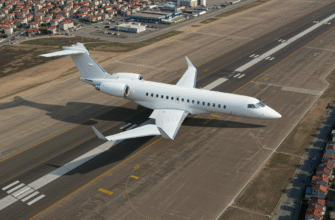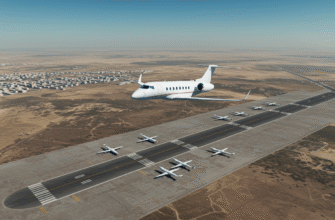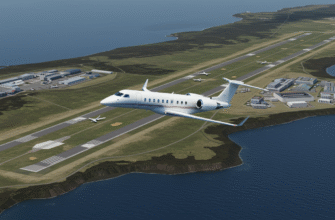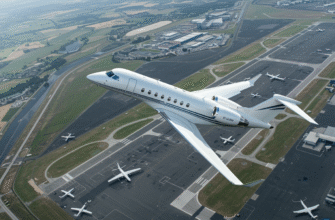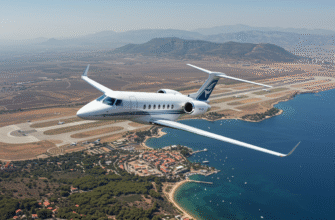Some airports are made for selfies and lounge passes. Others are made for something far heavier. Tucked into the northern French countryside, Albert – Picardie Airport (BYF) doesn’t try to compete with glitzy hubs like Charles de Gaulle. It leans into its own kind of silence—the kind that comes from World War I ghosts and crates full of aircraft wings. You won’t find five-star dining here, and the terminal barely whispers “travel,” but look up on the right afternoon and you might catch a massive, whale-shaped aircraft slicing the sky.
That’s why people seek out BYF. It’s for the Beluga watchers, the aviation obsessives, the history nerds, and the pilots who plot trips just to land somewhere weird. It’s a place where the air still feels thick with memory, where commercial airlines came and fizzled, and where planes carry machine-made dreams past century-old trench lines. If you’re chasing anything but ordinary, this stretch of asphalt and grass in Picardy might just be your runway.
The Beluga In The Backyard
They call it the Beluga, and it looks exactly how it sounds: round, long, and cartoonishly huge. The Airbus Beluga cargo plane hauls jetliner parts across Europe, and BYF is one of its stops—not for show, but for work. Just a few kilometers from the runway sits the Meaulte Airbus facility, where aircraft sections, mainly fuselages and wings, are designed and prepped. Then the Beluga drops in, scoops up a piece or two, and takes off like it’s nothing.
This isn’t some random pit stop. Albert – Picardie is built to handle these oversized cargoes. The airport’s main paved runway is tough enough, wide enough, and quiet enough to let plane parts—yes, actual tails and wings—take off in first-class peace. It’s not glamour, it’s logistics. And for hardcore aviation folks, that’s better than a red carpet.
Here’s where the airport thrives:
- Airbus assembly chain: BYF fits into a critical route where Belugas shuttle parts to final assembly plants in Toulouse and Hamburg.
- Plane-spotting dreams: The best shot at seeing a Beluga is weekday mornings—arrivals are irregular but often announced by rumblings overhead.
- Engineering buffs: For those who geek out over aerodynamics and supply chain choreography, this airfield hits all the right buttons.
A War-Touched Runway
BYF sits on ground that once shook with artillery. Just southeast of Albert and a stone’s throw from the Somme River, the airport’s story doesn’t start with aviation—it starts in muddy trenches. This land was a major theater in World War I, and the scars run deep. Local paths still lead through battlefield memorials and cratered fields, where tour groups whisper and poppies bloom.
During the war, the area was used for makeshift reconnaissance and supply drops—rudimentary airfields patched together with grass and grit. Fast forward a century, and pilots still land on grass here. BYF has a second, unofficial runway: a 1,000-meter grass strip used by ultralights and weekend flyers. It’s quiet, casual, and feels almost rebellious—like aviation gone rural.
A slice of eerie trivia circles the airport. Locals trade tales about a “haunted hangar” built over a section of disputed trench territory. Some pilots report electrical interference or odd shadows inside. True or not, it adds to BYF’s mythos. A place where turbines lift cargo into the future, while memories of past wars still stir beneath the wheels.
When Commercial Flights Got Ghosted
Someone had big dreams for Albert–Picardie Airport. They imagined tour buses pulling up, battlefield pilgrims rolling in from Manchester, maybe even seasonal tourists packing light bags destined for the Côte d’Azur. But the reality? Those wheels never left the tarmac.
Jet2 once hyped a route from Manchester to BYF, hoping to tap into interest around WWI tourism. Launch was teased—but never happened. No inaugural ribbon, no full planes. Same story with Danish Air Transport’s proposed flights to Blackpool in 2012. On paper? Feasible. In practice? Zero demand, sketchy logistics, and ever-present Brexit anxiety killed it before lift-off.
The airport tried again with tiny IGAvion flights to a handful of French cities. Toulouse. Dole. Nice. Even some seasonal oddballs like Montenegro and Hamburg. But it was hit-and-miss. The routes came and went like weekend lovers—brief, and mostly forgotten.
Today, the terminal waits. There’s a modest parking lot, signs in French and English, and footprints in dust. The infrastructure lingers like faded dreams: always prepared, never chosen.
Offbeat Traveler Tips
BYF isn’t for regular tourists. It’s for the ones who ask “why not here?” rather than just “where to?” It’s where history geeks, aviation nerds, and private pilots cross paths in a strangely peaceful corner of Picardy.
Who actually flies to BYF:
- WWI scholars visiting the Somme region’s hallowed trenches
- Amateur pilots crossing Europe under their own steam
- Military history obsessives tracing the ghostlines of wartime airfields
If you want to actually land here, it’s technically open to public air traffic. But you’ll need to work the general aviation angle—call in advance, get clearance, and consider weather or ATC availability. No red carpet, but no gatekeeping either.
Overnighting near BYF? Think quirky, not comfy:
- Villages like Bray-sur-Somme offer:
- – Converted Airbnbs inside war-era farmhouses
- – Industrial-style guesthouses smack beside turbine fields
- – Memorial walks within earshot of ultralights buzzing overhead
It’s quiet, and a bit surreal. Wake up to fog rolling in over old trenches, grab a croissant at the boulangerie where locals nod knowingly, then maybe catch a Beluga lifting off in the distance by midday.
The Airport’s Cult Following
What BYF lacks in commercial clout, it makes up tenfold in niche online fame. Aviation geeks stalk it for one reason: the Beluga. That fat, whale-shaped Airbus carrier steals hearts on Reddit, populates TikTok in slow-mo takeoffs, and shows up in obscure aviation blogs with headlines like “IS THIS FRANCE’S MOST UNDERLOVED AIRFIELD?”
People travel just to tick it off their airstrip bucket lists—BYF is weird, but in a good way. Between hangar ghost whispers and the sheer weirdness of landing near a turbine farm in Somme farm country, it hooks a strange following.
Locals don’t dismiss the haunted hangar tales outright. Ask around, and someone always has a friend who saw “something” in the back of the maintenance bay, where rusted tools sit untouched. Real or not, it adds to the airport’s aura: abandoned, open, eerie—and somehow still flying.
